Support OpenDurham.org
Preserve Durham's History with a Donation to Open Durham Today!
OpenDurham.org is dedicated to preserving and sharing the rich history of our community. Run by our parent nonprofit, Preservation Durham, the site requires routine maintenance and upgrades. We do not ask for support often (and you can check the box to "hide this message" in the future), but today, we're asking you to chip in with a donation toward annual maintenance of the site. Your support allows us to maintain this valuable resource, expand our archives, and keep the history of Durham accessible to everyone.
Every contribution, big or small, makes a difference and makes you a member of Preservation Durham. Help us keep Durham's history alive for future generations.

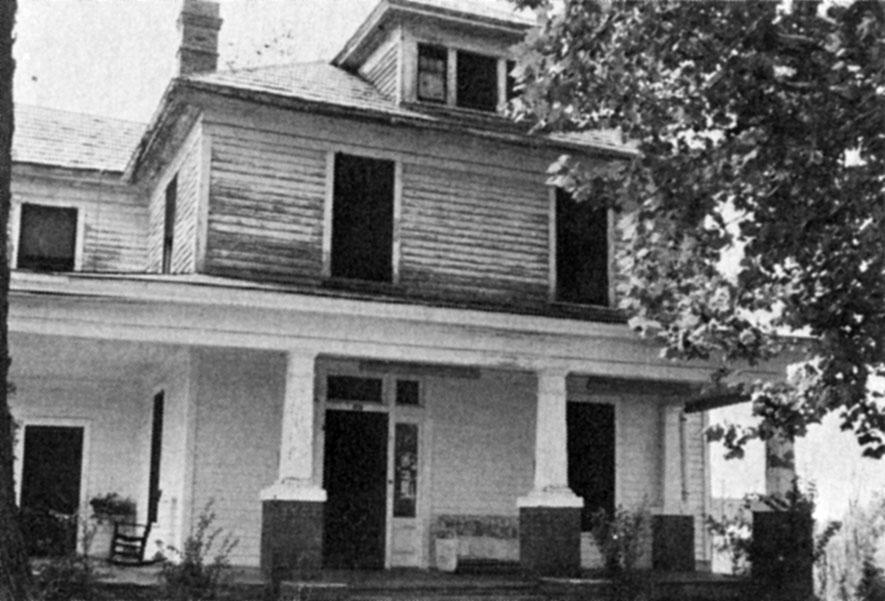
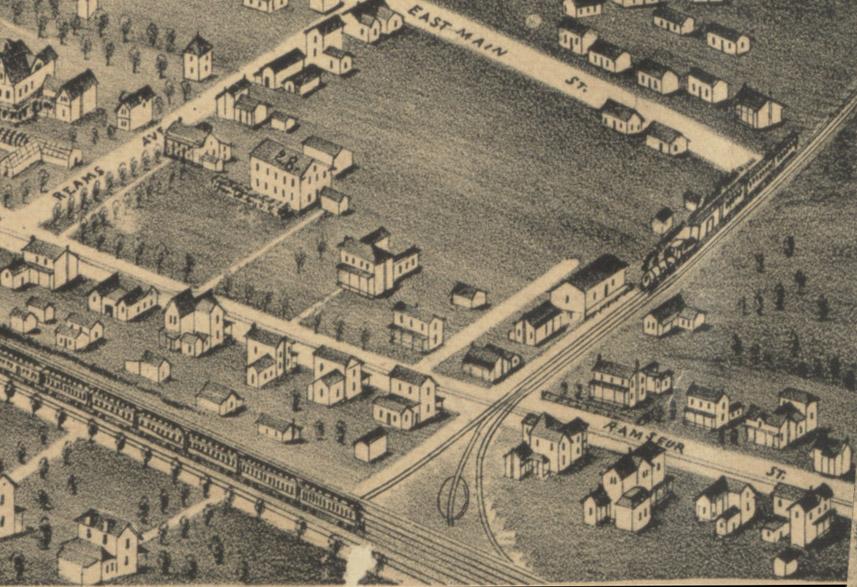

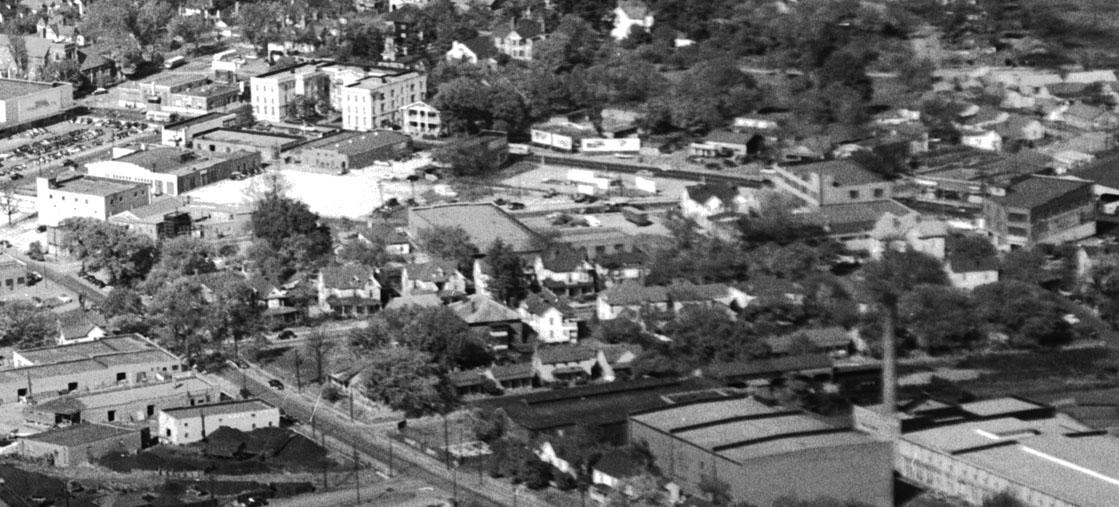
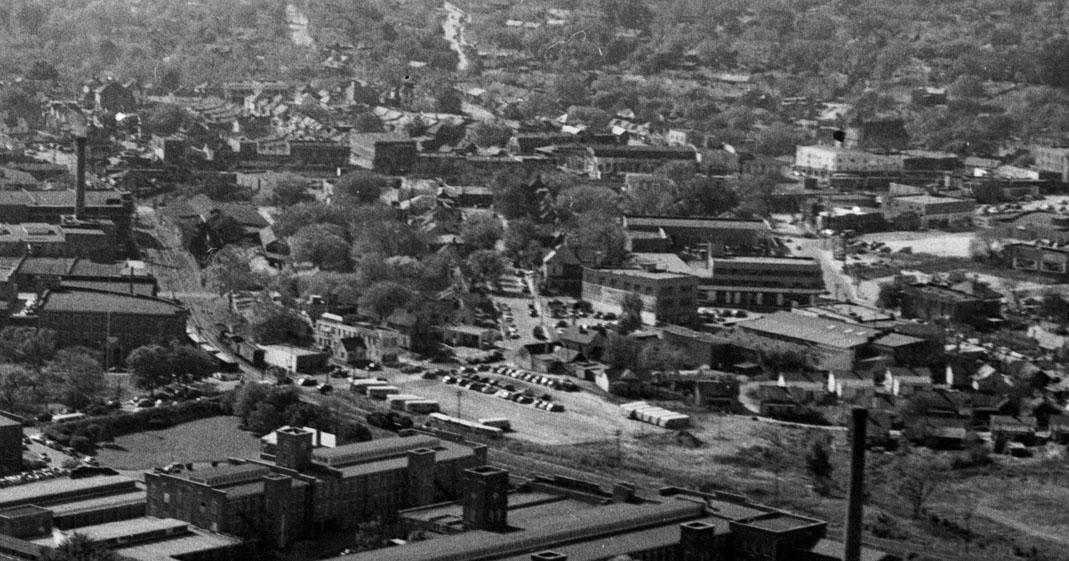
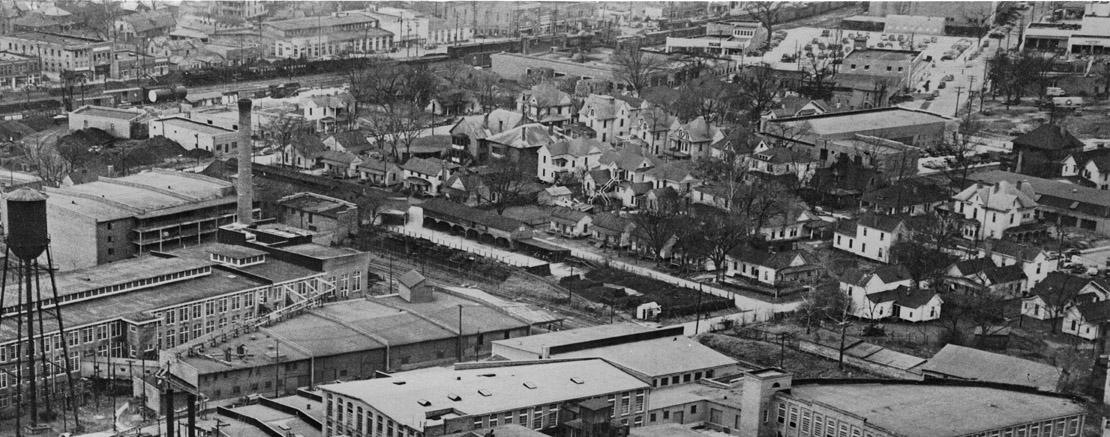
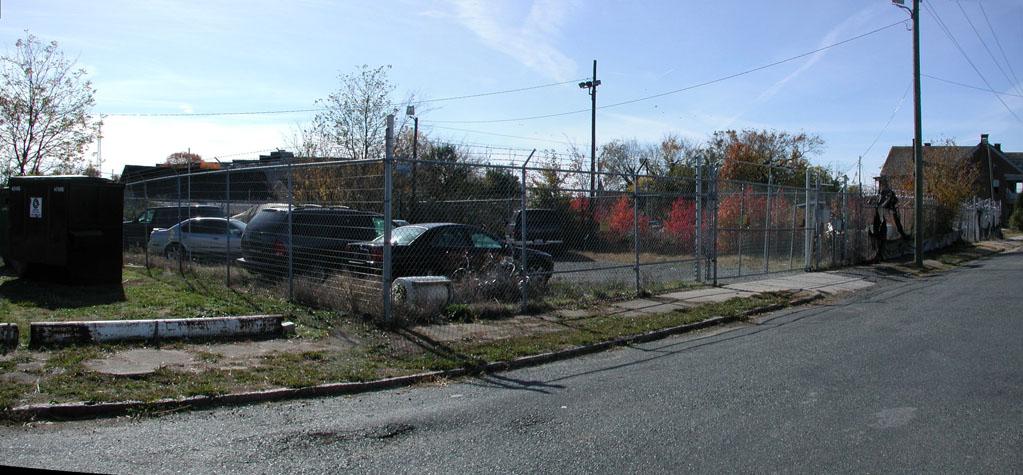
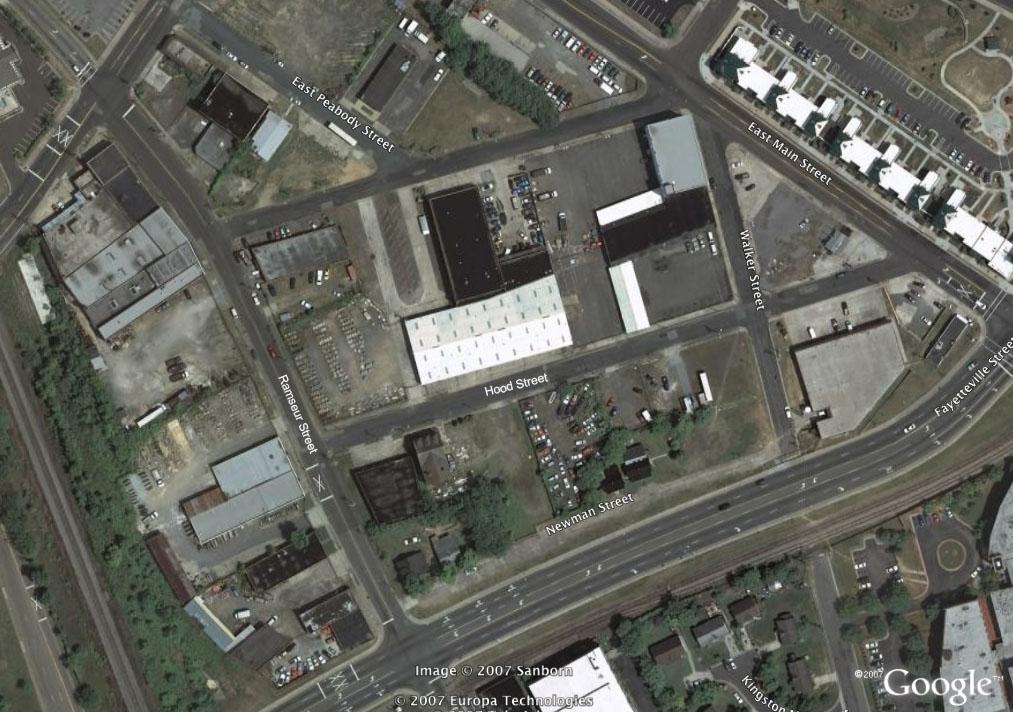
Comments
Submitted by Phil (not verified) on Mon, 11/26/2007 - 4:38am
Garry has perhaps provided this information elsewhere, but for those who don't know, a "prizery" is "a building where tobacco was "prized," or pressed layer by layer into hogshead barrels often weighing up to 1000 pounds. After the autumn harvest, the plants were first "stemmed," or stripped of fibers and then packed."
This definition was taken from The Prizery's website in South Boston, Virginia.
http://www.prizery.com/History.htm
According to this website, the a South Boston tobacco producer created "Bull Doze", the predecessor to the Duke's "Bull Durham" brand.
BTW, I give myself a pat on the back for finding the definition of "prizery". It seems to be one of those words disappearing from documentation as it disappears from history.
Submitted by njunmstr on Sun, 6/25/2023 - 6:06pm
My paternal grandmother lived at 209 Hood Street. I have fond memories of that home. It is gone now.
Add new comment
Log in or register to post comments.